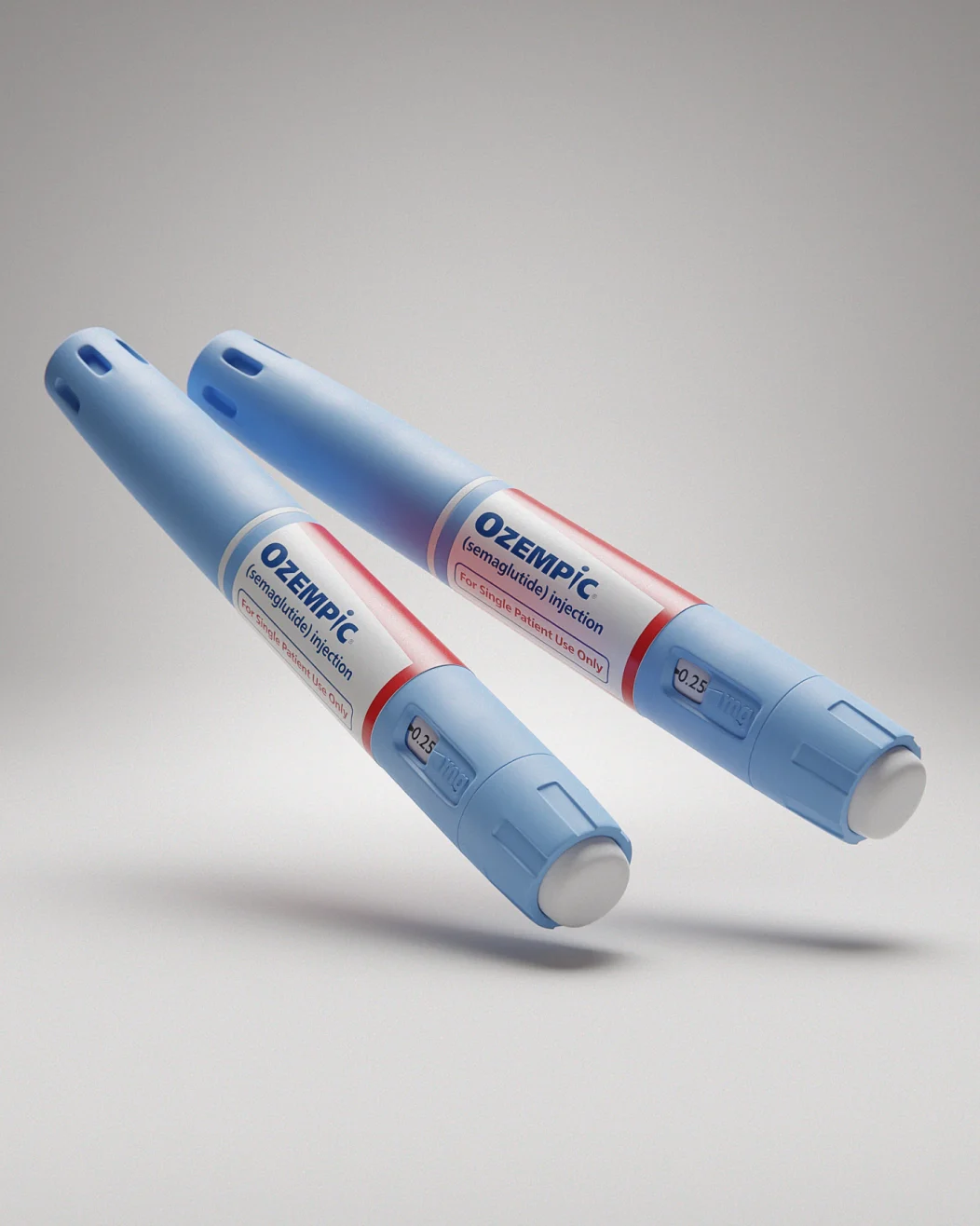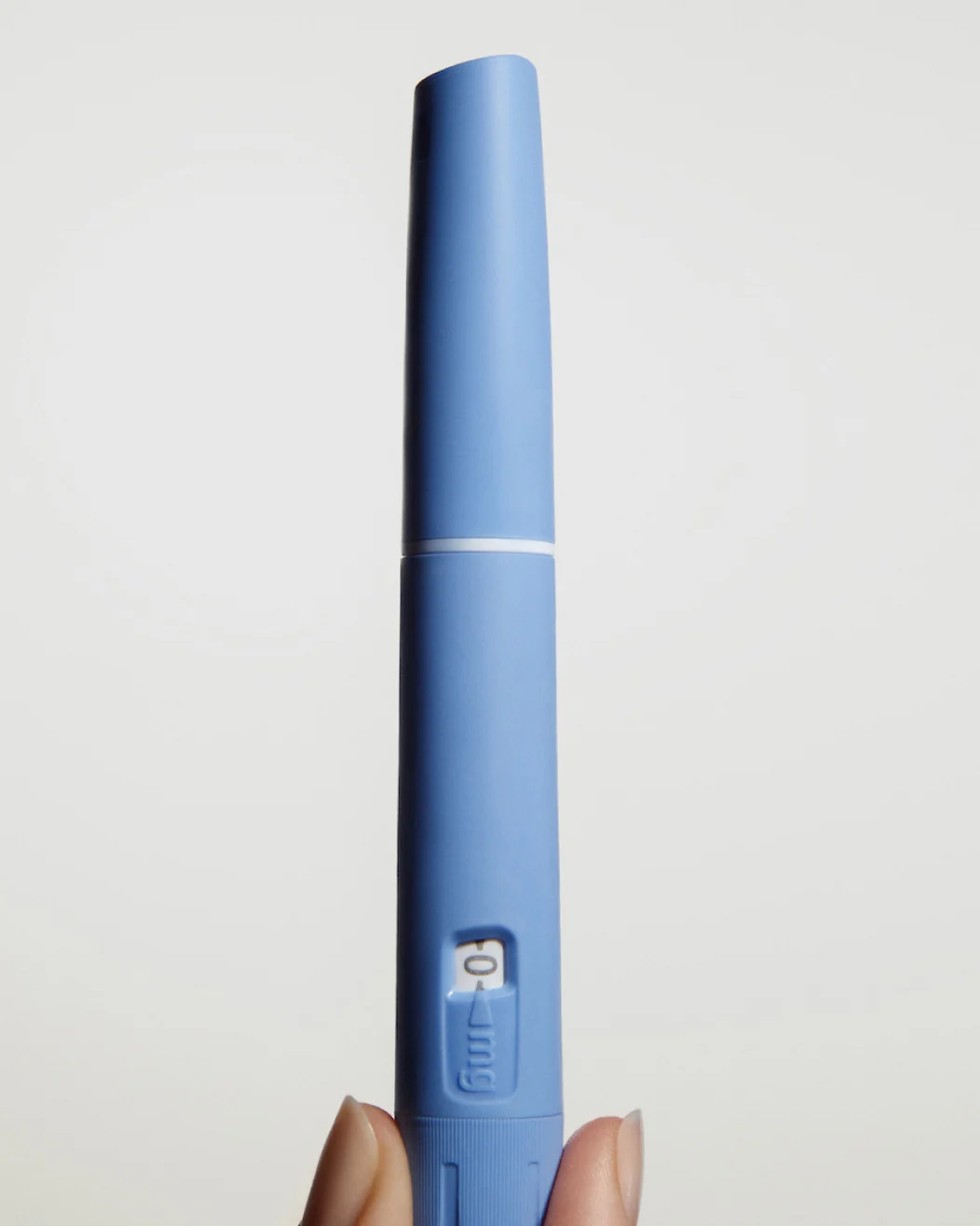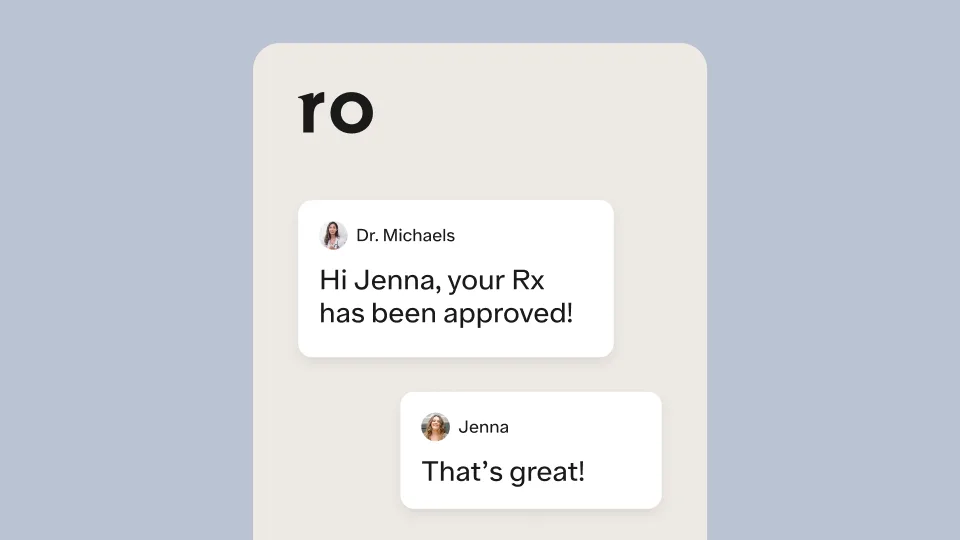This depends on your insurance coverage or if you pay cash.
If you’d like to use insurance, our insurance concierge will check your insurance coverage and handle all of your paperwork.
No insurance coverage or prefer to pay cash? Wegovy pens can now be shipped conveniently and directly to you from NovoCare pharmacy–for less than half the retail price.
Ro can’t help most government health plan beneficiaries get coverage for GLP-1 medications — but depending on your plan, you might have options. Those enrolled in Medicare, Medicare Advantage, or TRICARE can become a Ro Body member and pay cash for select GLP-1 treatment options. Also, those who have a plan through the Federal Employee Health Benefits (FEHB) program can enroll and try their insurance or pay cash for medication. Unfortunately, those enrolled in other government health plans (e.g., Medicaid or VA) are not eligible for the Ro Body membership at this time.
















